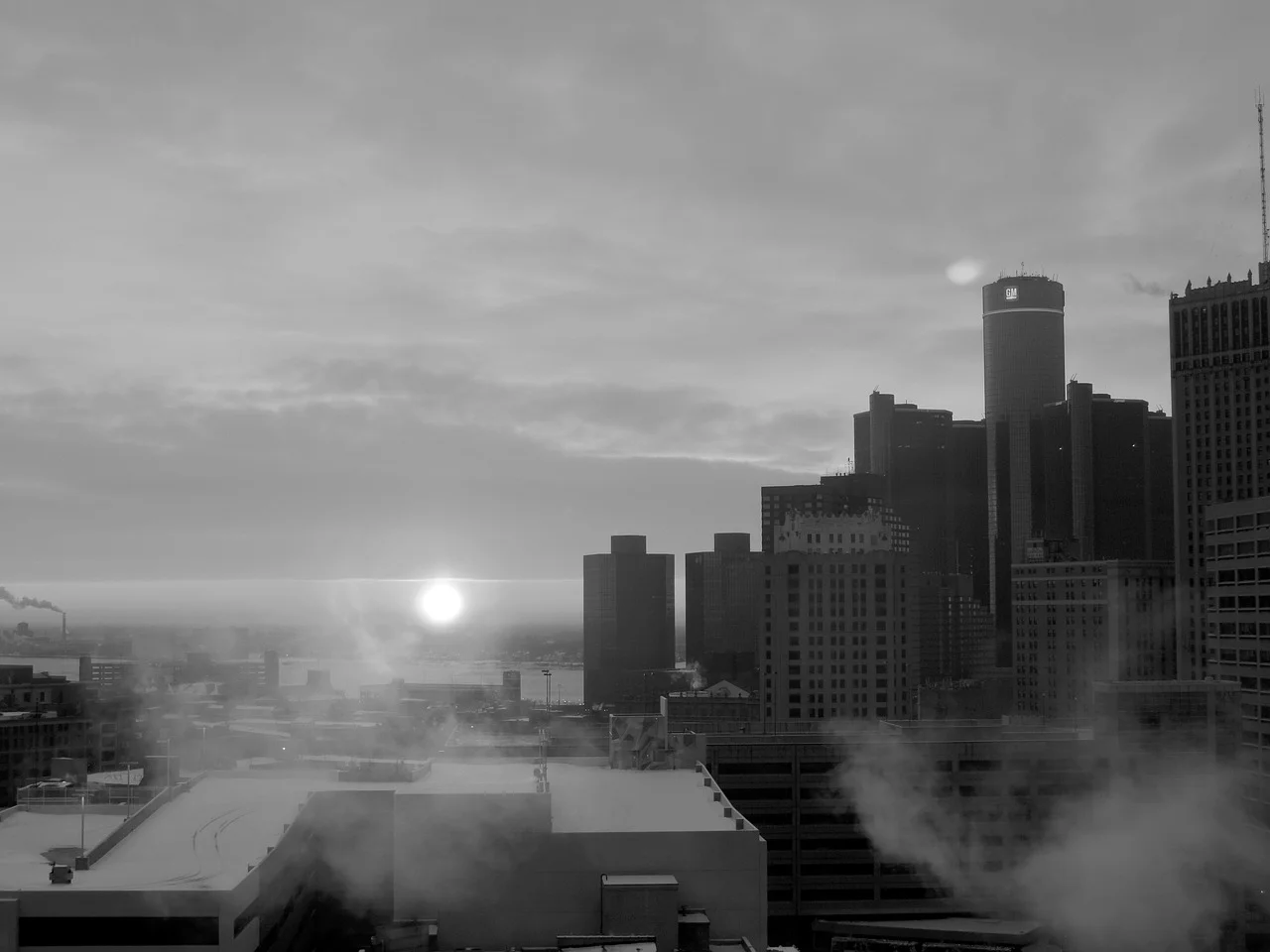A 2020 study revealed that areas around streets named after Martin Luther King Jr. are more segregated and poorer than the United States average. Now, data shows property values in these areas are affected, as well.
Read MoreWhy is this official course from the International Association of Assessing Officers still teaching outdated redlining practices to categorize neighborhoods?
Read MoreOne family’s history tells volumes about the development of Kansas City since the 1950s.
Read MoreWhen it comes to reparations, mayors are turning their good intentions into action, using tools they already have.
Read MoreWhy do some cities make it so hard to find shade…or create your own?
Read MoreA new coalition of 11 U.S. mayors has announced an initiative to establish pilot reparations programs aimed at reducing the racial wealth gap.
Read MoreDecades of disinvestment have trapped neighborhoods in poverty. Cities can do something about it—with tools they already have—and build lasting prosperity that benefits everyone.
Read MoreMost Americans have never lived in a time when “the inner city” wasn’t a locus of poverty, physical blight and social disintegration. Yet many of us fail to grasp the extent to which public policy had its thumb on the scale from the start in creating those conditions.
Read MoreThis week on the Strong Towns Podcast, Chuck discusses the role of planning in correcting for legacies of segregation and inequality. Is more enlightened policy enough to change course? Or do we need to more fundamentally rethink who has the power to shape cities?
Read More








